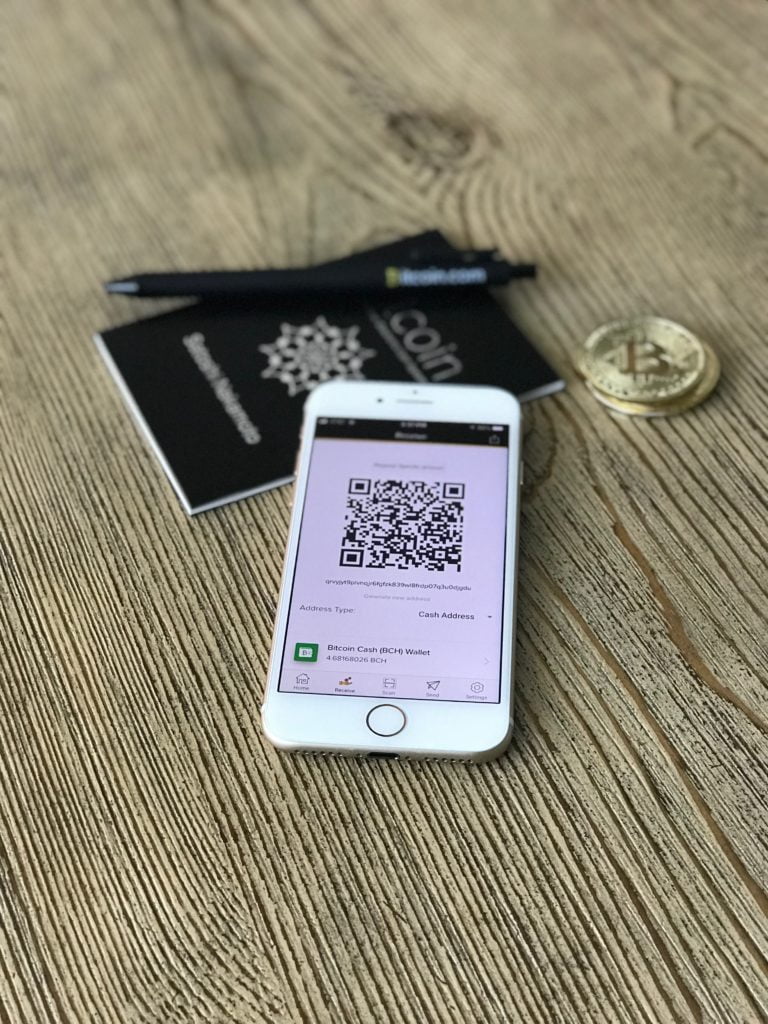We’ve already touched on how cryptocurrency can be converted into cash. In this article, we’ll dig deeper into the subject and will try to explain how this process is carried out. This includes creating a wallet, sending/receiving cryptos in that wallet, and the steps to transfer it to your bank and eventually cash it if needed.
But first let’s understand why you can’t use cryptos instead of cash.
You can’t transact using cryptos because the number of stores accepting cryptos is next to nothing.
Unless you live in a big city whose administration considers cryptocurrencies as a mode of payment, there’s possibly no chance that you can pay out your bills using the cryptos you have. Knowledge about cryptocurrencies is still scarce among the general public. Also, the number of physical ATMs for cryptocurrencies is low. Due to this, it’s better to just transfer it to your bank to be used as cash. Things will get better in the future, but for now, the former seems to be a better option.

For those early adopters, who have knowledge about cryptocurrencies, we will elaborate the process with three steps:
- Creating a Wallet
- Receiving cryptos
- Converting those cryptos to cash
Storing Cryptocurrencies for conversion
For converting cryptos, you first need to store them. There are different types of wallets, which can store various cryptocurrencies according to their support (single wallet per cryptocurrency) and according to usage. The latter is of three types:
- Hot wallets
- Cold wallets
- Software wallets
Whatever the type of wallet is, one rule, and the most important one: NEVER share your private keys. Those keys are the equivalent of the PIN number for credit/debit cards and anyone having those keys could access your wallet without your consent.
Let’s talk about the wallets in detail:
Hot wallets: The term ‘hot’ refers to the accessibility of the wallet with others. It means that the wallet is connected to the internet. The wallets you have in your cryptocurrency exchanges are these types of wallets.
Software wallets: These wallets resemble hot wallets but with one key difference. As the name suggests, these are created by having the software installed on your computer and while these can connect to the internet too, they have an intermediary (computer) as well.
Cold wallets: These wallets are basically USB flash drives whose primary function is to store your cryptocurrencies. Although they also have an intermediary, since the funds are stored in the drive, the safety aspect increases quite a bit. With the adoption of blockchain and cryptocurrencies, several companies have started offering cold wallets.
After selecting your wallet, let’s discuss the part of the process where the actual transfer takes place.
Cryptocurrency transfer to the wallet

To receive cryptos, you have to give an address called the crypto wallet address. It is different for every cryptocurrency. For example:
To receive bitcoins: Give Bitcoin wallet address
To receive Ethereum: Give Ethereum wallet address
A wallet address may look this: 3BwGrdAeLicoHEt4Vac3bZJsfx48BXrGo9
The length may differ for different wallet addresses and different cryptocurrencies. When the sender enters your wallet address, if everything entered is correct (these include having the same type of cryptocurrency, if the valid address entered, sufficient amount of crypto is available in the senders’ address), the transaction is authorized, and the amount should reflect in your wallet.
So, now when you have received some fresh cryptos in your wallet, let’s discuss how these cryptos can be converted into physical currency.
Conversion of cryptocurrencies to cash
As of now, no bank can convert cryptocurrency into cash. There are some projects trying to offer this service but are in development stage and will take some time.
The primary method to do is to trade your cryptocurrency on any exchange site for your local currency. To do that, you’ll have to create your account on that particular website, verify yourself as an authorized trader (by depositing some documents as proof-of-identity) and after successful verification, you can sell your cryptos in exchange for your local currency. Although the process is lengthy and may take time, it is the safest, very secure, and most reliable of them all.
Alternative methods include direct P2P transfer, using crypto ATMs, etc but for most of the time, trading it at an exchange should be the most preferred route.
